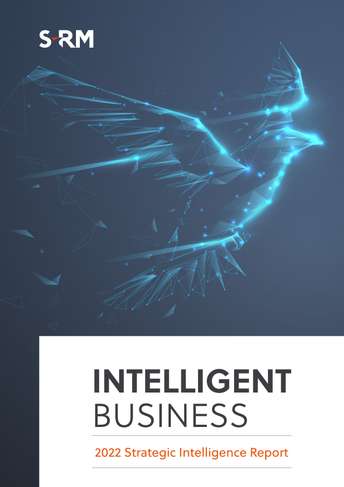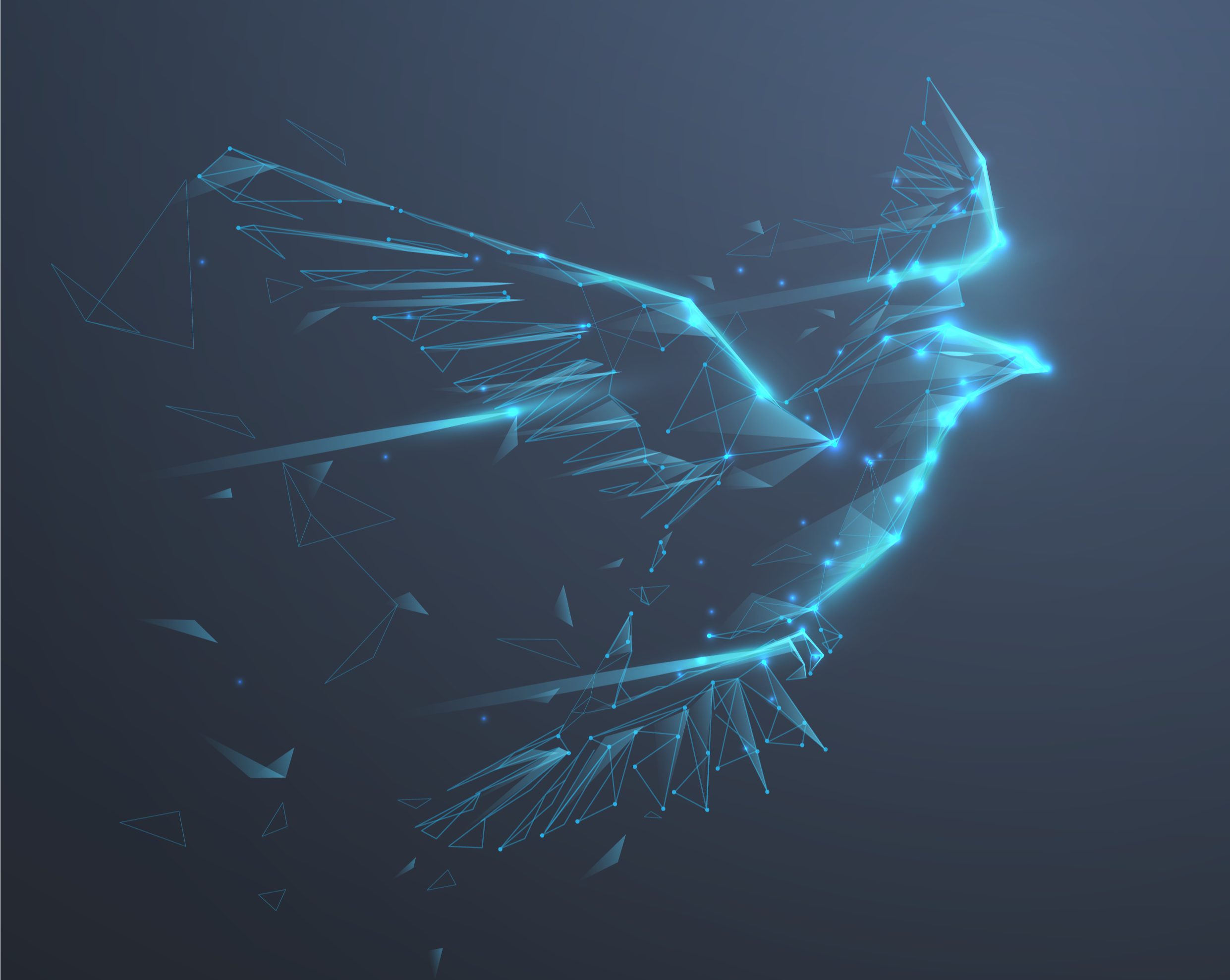In the second spotlight interview for Intelligent Business: 2022 Strategic Intelligence Report Garrett Petraia, Vice President, Global Security & Resilience at Levi’s looks at the future of strategic intelligence. He explains how the corporate ‘think tank’ could be the leading model for large organisations as they seek to take their best and brightest intelligence expertise out of silos and into the heart of organisational decision making.
Shifting Mindsets
There is a shifting mindset away from the protective, tactical, intelligence – what I would consider to be reactive, ‘point in time intelligence’ – to focus not only on identifying the business risks but identifying the opportunities. The key to that is not suffering from a lack of imagination – there's no longer the unthinkable, so being open minded about what may be coming next is going to be critical.
I've seen some of the challenges in our industry for professionals like myself, who have been in threat intelligence, and have a very short-term outlook of the world either because that's what we've always done or by necessity because the work required it. For example, you may have been responsible for a high-profile dignitary visit and that work didn't require you to look 10 years down the road, it required you to look 10 days down the road. So, I think it's a shift in mindset of the profession more so than a shift in mindset of our business partners who, at least in my experience, have been very willing to embrace the idea that we're going to help them look over the horizon.
The ‘Corporate Thinktank’
Today companies, and industry in general, are just starting to sort out where strategic intelligence appropriately sits. Traditionally you may have had multiple different groups, e.g. corporate security, government affairs, and a regulatory group, all looking at intelligence. But with so many different geopolitical variables and potential disruptions, having an approach where you have smart people across multiple disciplines, internal and external, to look at what's next – that's probably a best practice in the future, a ‘corporate thinktank’ if you like. This model gets to the heart of the creativity needed, both on the issues at hand and looking ahead at what's coming at you, and as all these risks are intertwined, this approach also allows the dots to be connected.
"A ‘CORPORATE THINKTANK’ MODEL GETS TO THE HEART OF THE CREATIVITY NEEDED, BOTH ON THE ISSUES AT HAND AND LOOKING AHEAD AT WHAT'S COMING AT YOU"
It is analogous with world class elite players, whether it's chess or sports. They will tell you the game slows down for them and they're seeing multiple moves ahead because they're so well prepared or they just happen to be so effective at what they do. And I think entities, whether it's a public or private sector entity, need to be of that same elite mindset – those that are, are going to be thinking multiple moves ahead. The world will be slowing down for them.
Building Internal Intelligence Into the Business
There’s so much open-source media available out there right now it's critical for the internal intelligence team to be built into the business and that everyone involved in that work deeply understands the company’s business strategy, goals, objectives and risk appetite, because your job as an internal leader is to contextualise all that data coming in. Therefore, when you think about building an internal intelligence team it's important to focus on business acumen, open mindedness and intellectual curiosity. That list of capabilities and competencies has shifted away from deep technical expertise in a particular region of the world or a particular component of physical security, and allows the team to be adaptable professionals to whatever comes next for the business.
Building Business Resilience
I've never been a big believer in the old adage of ‘not letting a good crisis go to waste’ I feel that what you do between the crises is where you really show your value. Of course, the intelligence function does add value to the company during a crisis, and many businesses have become more resilient simply by having gone through crisis, but you still must figure out how to be relevant between those periods of crisis and not be reactive.
A start is scenario planning and figuring out which actions you would take within those scenarios. Then the next phase of being more resilient, and how you add value to that forward looking approach, is to stay ahead of these things happening. Don't wait for the crisis to happen. Look forward, look at all the different variables and scenarios that could come to fruition. No one has a crystal ball, so you're going to have multiple subsets within a particular issue. Then get detailed about what you would do if this happened. The elite entities are going to look at how to create an opportunity from this once they’ve made sure their people are safe (if it’s a safety related crisis).
"DON'T WAIT FOR THE CRISIS TO HAPPEN. LOOK FORWARD, LOOK AT ALL THE DIFFERENT VARIABLES AND SCENARIOS THAT COULD COME TO FRUITION"
Alternatively, instead of a crisis exercise, you look at the strategic objective down the road – three or five years out. What are the things that could potentially impede you from achieving those objectives? Take the ‘pre mortem mindset’. How do you look at avoiding those pitfalls that you've identified in advance before they've happened?
No Longer ‘Fast-Food Intelligence’
The days of fast-food intelligence partners – you're all things to everyone – have gone. If you're relevant to everyone then you're not particularly relevant to a particular company.
One of my challenges to intelligence partners is to ask very specific questions – what I would like to know about a particular circumstance or a country or an issue. The broad-based country risk assessment is just not going to be relevant and create insights. So, it’s critical to have a partner that can answer those specific questions.
Over the years, I think intelligence vendors have done a better job of introducing the quantitative to the qualitative. The challenge with purely qualitative intelligence is as you start to try and expand your horizon and your outlook, it becomes more difficult, if not impossible, to rely solely on qualitative, opinion based, intelligence. It's critical to understand the conditions and what the numbers tell us, which conditions, which countries or circumstances are trending in the positive, negative or neutral.
The more you try to predict into the future, the more difficult specificity becomes and that's when you look at changing conditions and relative risk – how are the conditions changing from the current state? Because you may have gone into a particular situation, whether it's a country or a vendor, knowing that it was risky to begin with, how is that changing either positively or negatively?
Relative risk, comparing apples to apples, is important for many companies and entities operating across high-risk environments. You want to understand how one is riskier or less risky relative to a similar environment. Those are some really important details and whereas in the past, maybe 10, 15 or 20 years ago the ask was, ‘I have a country, can you give me a country risk assessment?’ today that is so general it’s simply not relevant.




 Email Martin
Email Martin





 @SRMInform
@SRMInform
 S-RM
S-RM
 hello@s-rminform.com
hello@s-rminform.com

